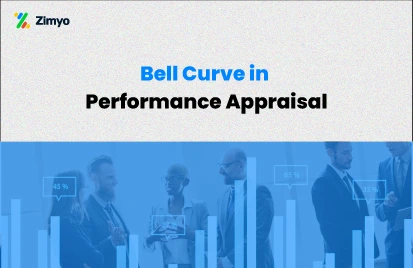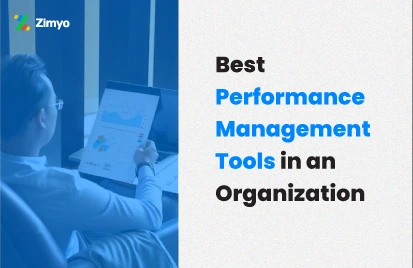What is performance management?
Performance management is an analysis of the performance of employees by constant communication between employee and supervisor or management. This whole cycle includes identifying and setting goals, discussing expectations, giving continuous feedback, and then reviewing outcomes. Performance management is a continuous process not once a month or year task.
Phases of the performance management cycle
There was a time in corporate history when the performance management cycle used to be of 12 months but now it’s an ongoing and fluid process. While the performance management cycle is of many types but most common is one cited by Michael Armstrong in his handbook of performance management. This cycle has four phases. Planning( setting goals and objectives), Action(employees act on their goals while managers guide them), Tracking (Managers coach employees and track their progress), Review (Final assessment of the performance of employee round the year). Usually, organizations put a large emphasis on the last stage, ‘review’, This stage is mostly known as an annual performance review. A final meeting at the end of the year, this traditional approach of one a year meetings can be very frustrating and unproductive. This one a year meeting makes it unfeasible so reviewing more frequently makes it more productive and agile & hence this is used by most companies nowadays.
Benefits of the continuous evaluation approach
- By this short term goals becomes more relevant. Short term goals should be the primary focus of every organization, as this favors change, which happens sometimes, which results in a change in goals, strategy, and planning.
- Short term goals tend to be achieved quickly. As they say ‘once you start seeing results, it becomes addiction’. This helps in keeping employee motivation high.
- It allows management and employees to discuss progress and expectations with continuous inputs along the journey. This allows employers to recognize and acknowledge, outstanding performances and areas with the scope of improvement.
How HRMS tools can help your organization
Businesses never settle, ‘change’ is the key thing that keeps businesses alive. When companies get stagnant, they sooner get replaced by other companies. Success in business is the result of long term hard work of employees and management. Systemic constant evaluation of performance is also a key factor in achieving desired growth and productivity. Tracking performance continuously isn’t easy as it sounds, so companies usually take the help of human resource management tools for the same. Thankfully nowadays HRMS or human resource management systems come with a performance management system.
The following is the process of a performance management system
Goal setting: this includes setting up goals and clarifying expectations and strategy.
Monitoring: tracking and continuously providing feedback to employees about their performance.
Development: On the basis of performance and scope of improvement providing guidance and training to employees.
Rating: as they say “if you can’t measure it, you can’t improve it”. A rating system should be.
Appraisal: offer incentives and some additional perks to employees for achieving more than their goals.
How the performance management system can give an edge over the competition
In today’s cut-throat competition, businesses face a challenge in attracting and retaining great talents, so as to build a great workforce.
So what can companies do to outperform their competition?
During recent years, the role of the human resources department has undergone very drastic changes. Now the Human resource department has expended to evaluate the performance of employees. All this has been possible by this system called the human resource management system or HRMS. It comes with several modules and functionalities which automate many mundane tasks of the HR department. One among them is the performance management software – a powerful and strategic tool used by organizations to track employees’ performance. Which ultimately helps companies in achieving their performance targets, with the use of this system, the performance of the workforce can be maximized. As the recession happening almost every year, maximizing the performance of employees can be the biggest competitive advantage for any company.
Conclusion
A good Performance management system can smoothen the hectic process of tracking and improving the performance of the workforce. Which in the end turns out to be the biggest competitive advantage any company can have, especially when there is very little or no differentiation in businesses.




